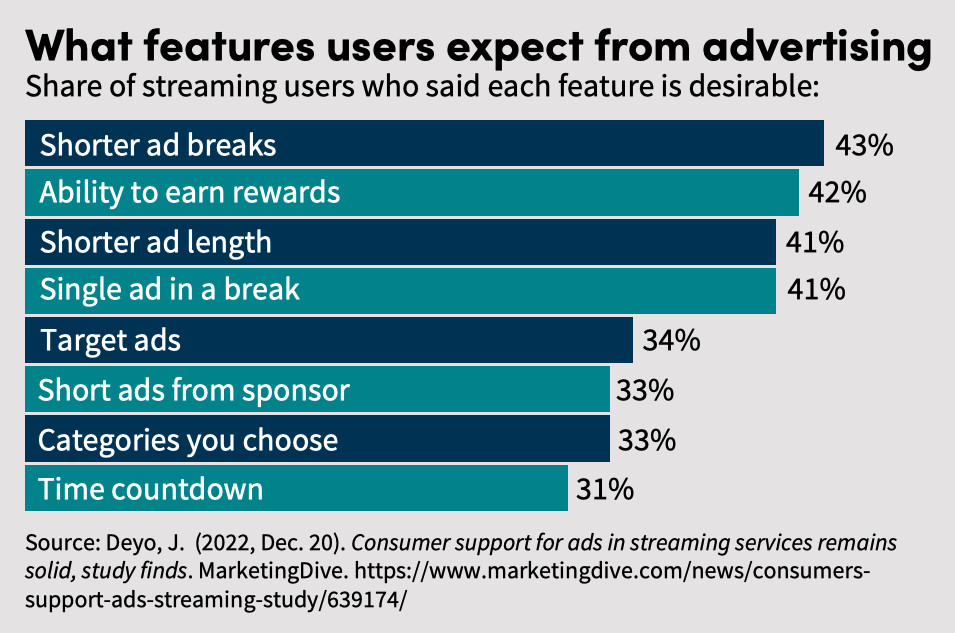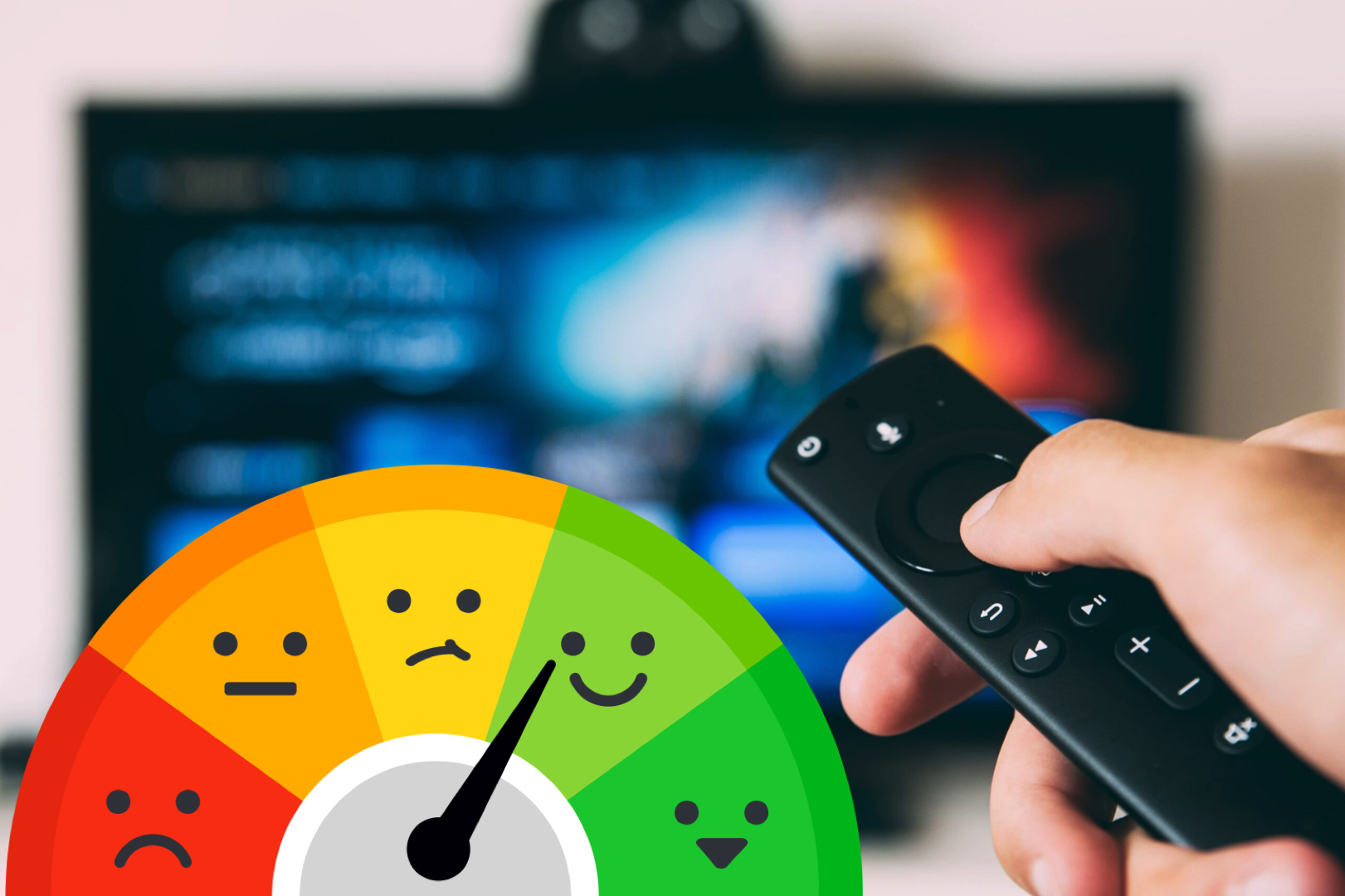Understanding User Expectations and Needs
In today’s competitive streaming landscape, understanding user expectations and needs is paramount. With major platforms introducing budget-friendly subscriptions and tightening password-sharing norms, users are primarily driven by three factors: cost, content, and ease of use.
According to a survey conducted by Ipsos in late 2022, 92% of users prioritize affordability, 87% focus on specific shows or movies, and 69% feel overwhelmed by too many choices. Balancing these factors is key to differentiation: providing cost-effective plans without compromising content quality, and ensuring a seamless navigational experience. Companies that adopt a user-centered approach to these criteria can set themselves apart in a crowded market.
A Snapshot of the Industry in the U.S.
The cost of streaming services is increasingly influencing consumer behavior, with 45% of users canceling at least one subscription in the past year due to high costs and 44% reporting increased subscription expenses, according to a recent Forbes survey.
On average, Americans now subscribe to approximately 2.9 streaming services each month, highlighting the complex interplay between diverse viewing preferences and budget constraints. The streaming industry is experiencing rapid growth, valued at $544 billion and projected to reach $1.9 trillion by 2030. Additionally, 50% of users opt for ad-free services to ensure uninterrupted viewing, while 26% are indifferent or unsure about ads.
Americans spend an average of $46 per month on streaming services, reflecting the high value placed on diverse entertainment options, yet financial sensitivity remains, with 58% willing to endure a $5 fee increase and only 33% accommodating a $10 hike.

The Future of Streaming Services
Streaming has solidified its position as the future of TV, commanding 36% of total TV usage and outpacing both cable and broadcast television in the U.S. market. As of January 2024, streaming is more popular than any other medium, with cable at 27.9% and broadcast TV at 24.2%. This shift reflects the growing demand for on-demand, flexible viewing options.
Meanwhile, a generational shift shaped by social media and gaming experiences means that VOD providers must innovate to engage deeply and monetize effectively amidst a fragmented audience. Cheaper, ad-supported tiers offer some relief, with 46% of households using these options. Despite this, churn remains high among Gen Z and millennials, influenced more by social media ads and creators than traditional commercials.
“The future of streaming remains bright; however, staying ahead requires informed decision-making, a deep understanding of user expectations, and leveraging the latest industry innovations.”
AI Solutions to Understand Trends and Needs
AI provides an opportunity to enhance personalized content and advertising, crucial for retaining subscribers and attracting advertisers, by leveraging advanced artificial intelligence and data analytics to enrich existing product and user engagement data with external metadata, offering deeper insights into user preferences.
By analyzing user clusters based on content tastes and demographics, AI-powered dashboards reveal hidden patterns and trends, enabling better data-driven decisions. This advanced analytics capability allows you to tailor content offerings, marketing campaigns, and user experiences to specific audience groups, optimize your content catalog, and improve budget allocation, ensuring you effectively meet the diverse needs of your users and enhance overall platform engagement.

Looking Forward
The abundance of streaming service providers across video, music, and gaming offers consumers a plethora of choices. Streaming has become a primary way to unwind, underscoring the significant role these services play in our daily lives and their strong foothold in the entertainment industry.
The future of streaming remains bright; however, staying ahead requires informed decision-making, a deep understanding of user expectations, and leveraging the latest industry innovations. Currently, comprehensive data analytics is one of the most effective ways to understand trends and user expectations.
By providing a complete picture of your platform’s content and audience, data analytics ensures that you can meet user needs and preferences effectively.

